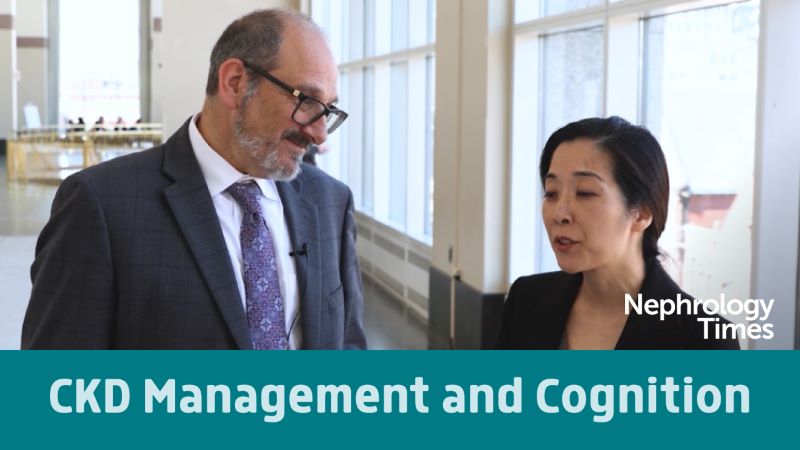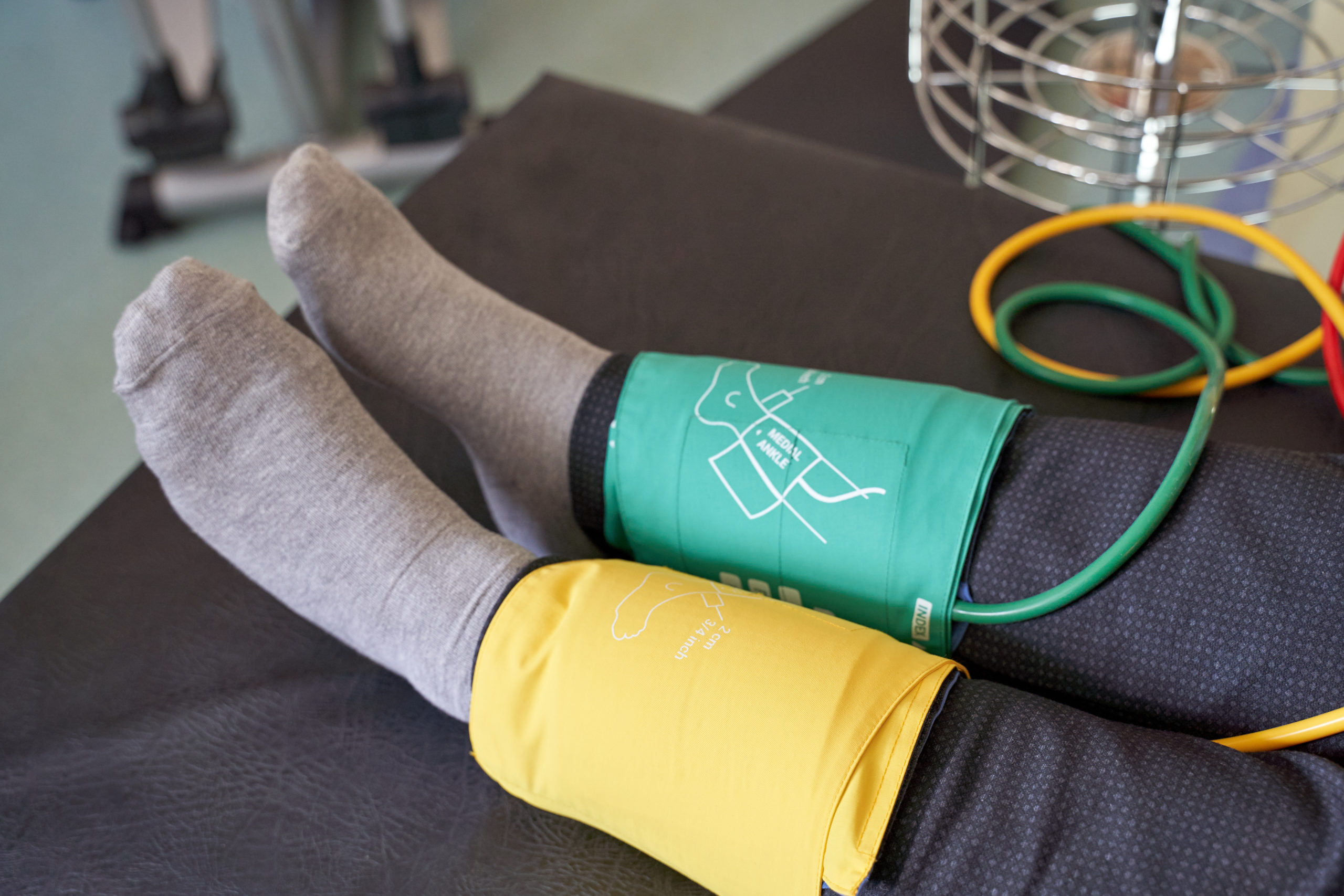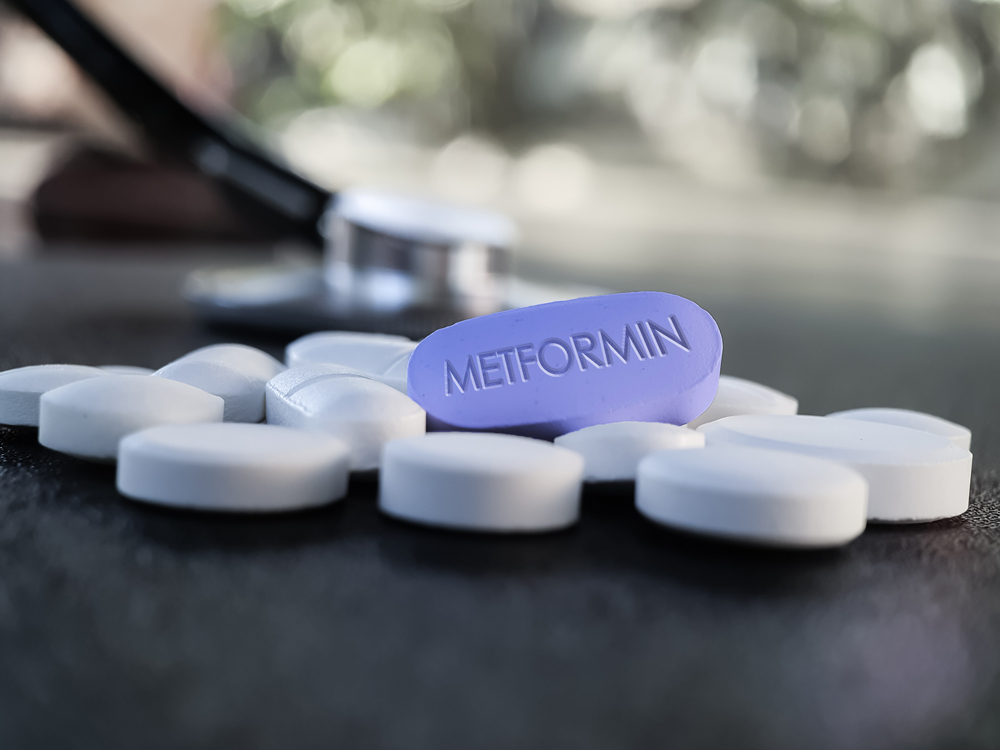
Spironolactone is known to be effective in reducing blood pressure in patients with resistant hypertension; however, the use of spironolactone is patients with chronic kidney disease (CKD) with hyperkalemia may be limited. The AMBER trial included patients with resistant hypertension and estimated glomerular filtration rate (eGFR) 25 to ≥45 mL/min/1.73 m2. The trial was designed to examine use of the potassium binder patiromer to allow for more persistent use of spironolactone in that patient population.
Researchers led by Rajiv Agarwal, MBBS, MD, conducted an analysis of data from prespecified subgroups of patients in the AMBER trial with eGFR <30 mL/min/1.73 m2 and ≥30 mL/min/1.73 m2. Results of the analysis were reported during an oral session at Kidney Week 2019 in a presentation titled Patiromer vs Placebo to Enable Spironolactone in Patients with Resistant Hypertension and CKD According to Baseline Kidney Function (AMBER Trial).
In the randomized, double-blind, placebo-controlled AMBER trial, patients were randomized 1:1 to receive placebo or patiromer, and spironolactone 25 mg once a day. Patiromer doses were titrated after 1 week, and spironolactone doses were titrated after 3 weeks. The primary end point of interest was the between-group difference at week 12 in the percentage of patients on spironolactone.
A total of 295 patients were randomized: 66 (22.4%) with baseline eGFR <30 mL/min/1.73 m2 and 229 (77.6%) with baseline eGFR ≥30 mL/min/1.73 m2. At baseline, mean automated office systolic blood pressure was 143.7 mmHg in the <30 mL/min/1.74 m2 group and 144.2 mmHg in the ≥30 mL/min/1.73 m2 group; baseline serum potassium levels in the two groups were 4.78 mEq/L and 4.70 mEq/L, respectively.
At week 12, in both groups, significantly more patients treated with patiromer than those who received placebo remained on spironolactone; the between treatment difference was 28.5% in the eGFR <30 mL/min/1.73 m2 group and 16.8% for patients in the eGFR ≥30 mL/min/1.73 m2 group.
The mean cumulative spironolactone dose was higher with patiromer than with placebo by 732 mg in the eGFR <30 mL/min/1.73 m2 group and by 274 mg in the eGFR ≥30 mL/min/1.73 m2 group. Adverse events occurred in 56% of patients receiving placebo and 63% of patients receiving patiromer in the eGFR <30 mL/min/1.73 m2 group and in 53% of patients receiving placebo and 54% of patients receiving patiromer in the eGFR ≥30 mL/min/1.73 m2 group. No patient had serum magnesium <1.2 mg/dL; in the eGFR ≥30 mL/min/1.73 m2 group, one patient in the placebo cohort and three in the patiromer cohort had serum magnesium 1.2 to 1.4 mg/dL.
“Patiromer enabled more patients with advanced CKD and resistant hypertension to continue treatment with spironolactone regardless of whether eGFR is <30 or ≥30 mL/min/1.73 m2,” the researchers said.
Source: Agarwal R, Rossignol P, Garza D. Patiromer vs placebo to enable spironolactone in patients with resistant hypertension and CKD according to baseline kidney function (AMBER trial). Abstract of an oral presentation at the American Society of Nephrology Kidney Week 2019 (Abstract TH-OR052), November 7, 2019, Washington, DC.







 © 2025 Mashup Media, LLC, a Formedics Property. All Rights Reserved.
© 2025 Mashup Media, LLC, a Formedics Property. All Rights Reserved.